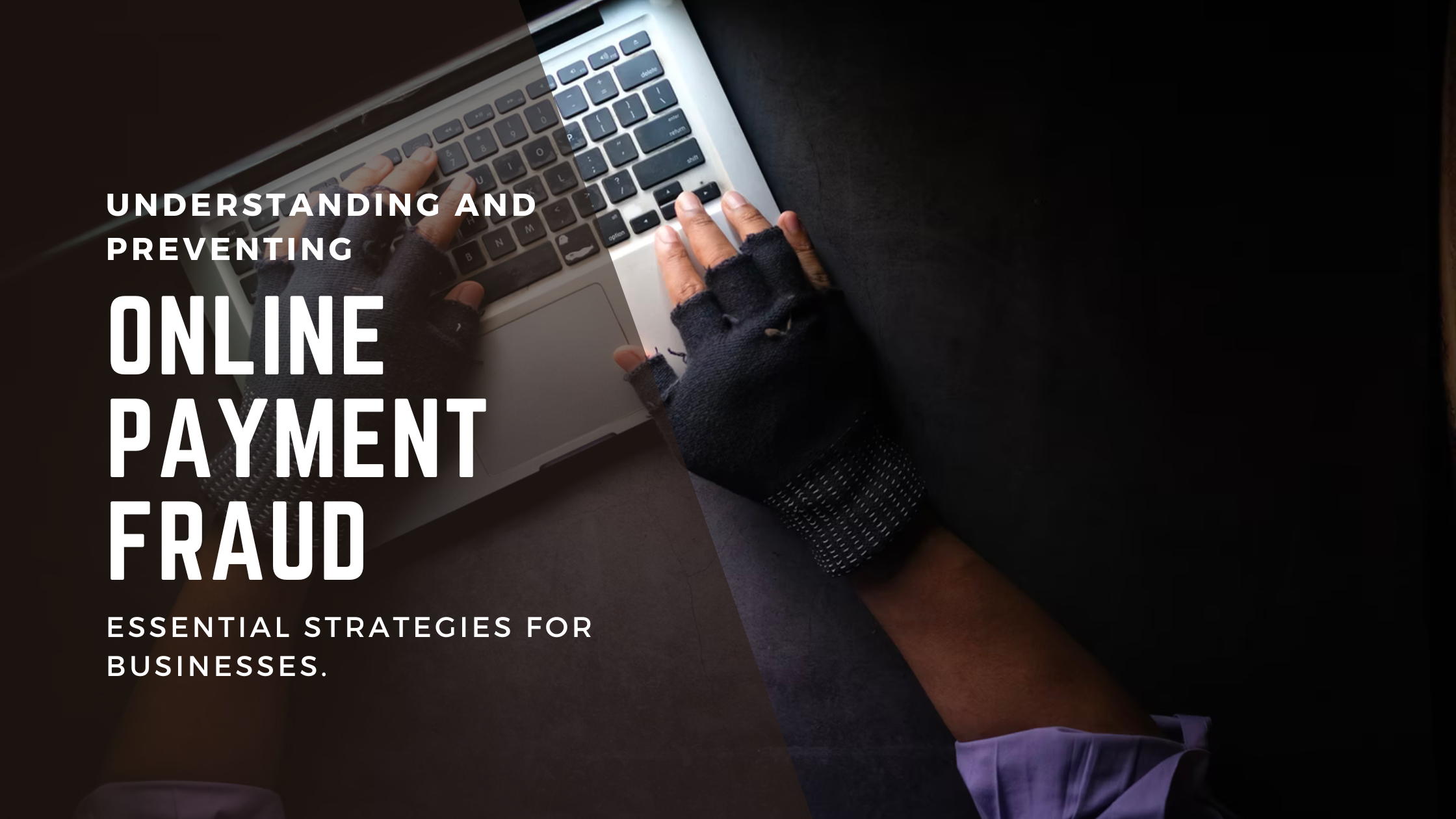June 12, 2025

-
Written by: Merchant Connect UK
- April 19, 2024

Understanding and Preventing Online Payment Fraud - Essential Strategies for Businesses
The Landscape of Online Payment Fraud
Types of Online Payment Fraud
- Credit Card Fraud and Identity Theft: Occurs when payment card information is stolen and used for unauthorized transactions, often through data breaches or phishing schemes.
- Chargebacks: Reversal of a payment initiated by the customer, leading to financial losses and additional fees for the business.
- Friendly Fraud: Occurs when customers dispute legitimate transactions out of confusion or misunderstanding, resulting in chargebacks and financial losses for the business.
- Phishing Emails: Cybercriminals impersonate legitimate companies to deceive users into revealing sensitive information such as passwords and credit card numbers.
- Account Takeover Fraud: Criminals gain unauthorized access to user accounts through credential stuffing or other techniques, enabling them to make fraudulent transactions.
Detection and Prevention Strategies
Payment processors and online merchants employ various techniques to detect and prevent payment fraud. These include:
- Payment scoring: Utilizing predictive models to evaluate transaction risk factors and flag suspicious activities.
- Strong authentication processes: Implementing robust authentication measures to verify the identity of users and screen transactions.
- Real-time payment screening: Investing in solutions that analyze transaction data in real-time to identify and block fraudulent transactions.
- Employee training: Educating staff on payment fraud awareness and security best practices to effectively respond to fraudulent activities.
Best Practices for Businesses
To minimize the risk of payment fraud, businesses should:
- Implement strong authentication processes and real-time transaction monitoring.
- Establish clear return and refund policies to address suspicious payment activity.
- Provide comprehensive training to staff on payment fraud prevention and response.
- Invest in advanced payment processing solutions that offer real-time screening and detection capabilities.
- Educate customers on payment fraud risks and security measures to empower them to protect themselves.
Conclusion
In conclusion, combating online payment fraud requires a multifaceted approach that combines technology, education, and proactive measures. By understanding the different types of fraud and implementing robust prevention strategies, businesses can safeguard their financial assets and maintain trust with customers. As the digital landscape continues to evolve, businesses must remain vigilant and adaptable to stay ahead of emerging threats and protect their bottom line.
Online Payments Conclusion
The payment industry is working diligently to stay ahead of payment fraud, but it continues to grow due to the sophistication and ingenuity of hackers.Its up to you as a business owner or payment processor to minimize risks by using strong authentication processes and payment best practices. If you follow these practices closely and make sure your staff does too, you can reduce payment fraud as much as possible.
When payment fraud occurs, and you must follow up with payment processors, the payment company will hold you responsible for investigating the payment and providing us with specific reasons why it is considered to be fraudulent. By closely following payment best practices, we can help you minimize payment requests that are likely to be reversed in the future.
If you would like to find out whether you qualify for a payment processor with merchantconnect.uk fill in our quick three-step application form and a representative will contact you straight back.
We’ll Help You Start Accepting Payments
Contact us today to learn more about how we can meet all your payment processing needs.
Categories
- Banking(12)
- Industry Insights(26)
- Merchant Account(2)
- Online Payments(15)
